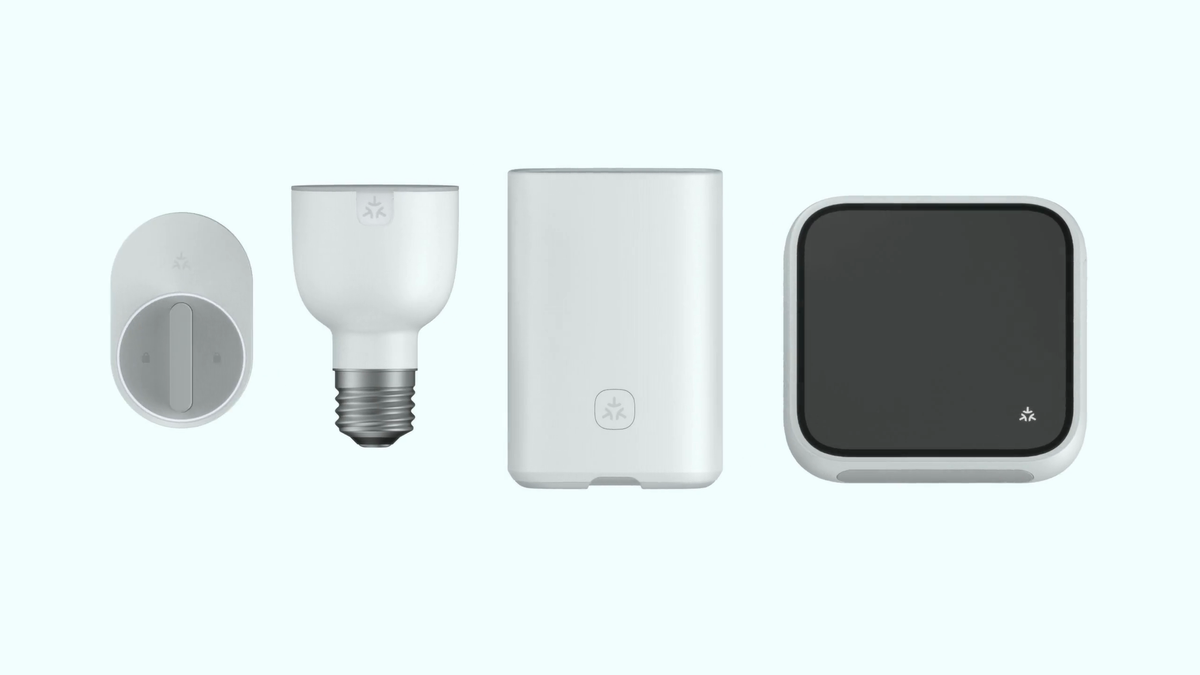No one company services all of your smart-home needs. My lightbulbs are from Philips, my plugs are from Meross, my watering system is from Hunter, and my air conditioners are from Midea. In some cases, these products require you to purchase a separate hub from them, which acts as the controller, and almost all have an app you need to download as well. They use a few different connectivity standards like Zigbee, Z-wave, Ha-low and others, and no one standard dominates the market share.
Once the products are up and running, you can simply add them to a home control hub, like SmartThings or Google Home (and, in limited cases, Apple HomeKit or Alexa). The majority of the time, you interact with the home control, so you don’t need to think about the jumbled spaghetti of tech underneath it, but you still need all those random apps on your phone and extra hardware hanging out in your house. When your power goes out, it’s notification chaos, and it’s an extra hurdle when shopping to ensure the device you’re buying uses a standard that’ll be accepted by your home control hub.
In a Matter standard future, there are no separate hubs and apps—just one accepted standard used by everyone. No more having to decide between Apple or Google for home control: You can use whatever you want. The universality of Matter means you choose one home control hub and stick with it, aggregating everything else to it. Most importantly, any company can build a Matter home control hub, and it will work with all Matter devices. The devices work over wifi, ethernet and Thread, but you may need a bridge for Thread. (Some Matter home control hubs have that bridge, but some don’t—yet.)
deleted by creator
That’s actually the point of matter, to solve the problem you’re alluding to. Home automation was all over the place in terms of compatibility, but an open standard like this should make it easier.
deleted by creator



